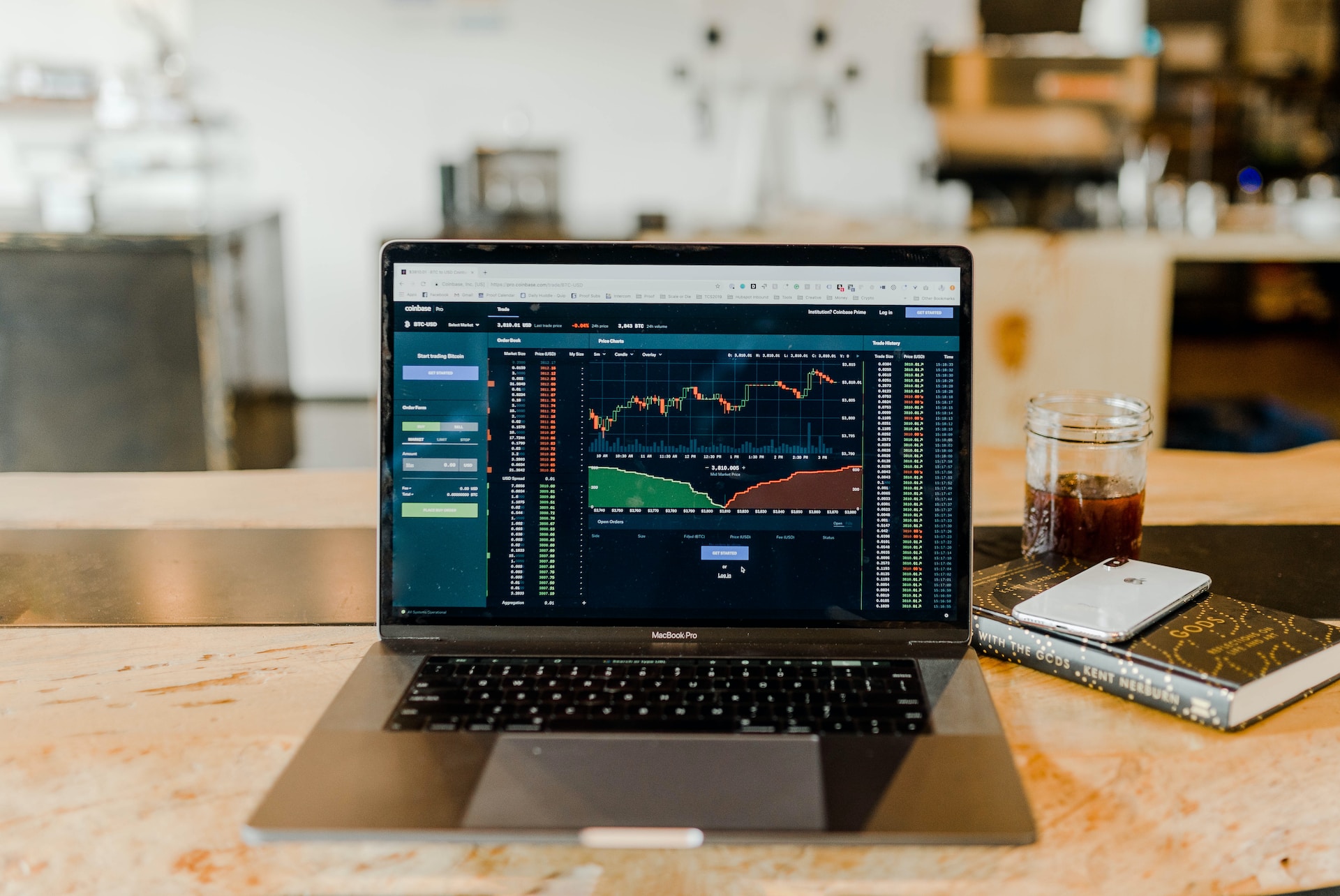Forex Trading Strategies for Beginners
Forex trading can be an exciting and potentially rewarding endeavour, but it’s essential to navigate this complex financial market with a solid foundation of knowledge and effective strategies. For beginners, understanding the key principles of forex trading is crucial to building a successful trading career. In this comprehensive guide, we will explore Forex Trading Strategies for Beginners, helping you lay a strong foundation for your journey into the world of foreign exchange.
Chapter 1: Understanding Forex Trading for Beginners
The foreign exchange (forex) market, often referred to as the FX market, is the largest and most liquid financial market globally. Each day, trillions of dollars are traded on this platform, making it a dynamic and potentially lucrative arena for traders. However, before you dive into the world of forex trading, it’s crucial to build a strong foundation by understanding the basics. In this chapter, we’ll provide an introductory guide to help beginners grasp the fundamental concepts of forex trading.
“Forex trading is like driving a car; it requires patience, discipline, and a clear understanding of the rules. With the right knowledge, you can navigate the twists and turns of the market, and potentially reach your financial destination.” – John Doe
Forex Trading Basics
At its core, forex trading involves the exchange of one currency for another. The goal is to profit from the changes in exchange rates between these currency pairs. The first currency in the pair is called the “base currency,” and the second is the “quote currency.” The exchange rate tells you how much of the quote currency you need to buy one unit of the base currency.
For example, in the EUR/USD currency pair, EUR is the base currency, and USD is the quote currency. If the EUR/USD exchange rate is 1.1500, it means you need 1.15 US dollars to buy one Euro.
Key Terminologies
To navigate the forex market effectively, it’s essential to understand key terminologies:
Currency Pairs: Forex trading involves the exchange of currency pairs. There are three primary types of currency pairs: major, minor, and exotic. Major pairs include the most traded currencies like EUR/USD and USD/JPY, while minor and exotic pairs involve less commonly traded currencies.
Pips: A pip, short for “percentage in point,” is the smallest price movement that a given exchange rate can make based on market convention. Most currency pairs are quoted to four decimal places, and a one-pip movement is the last decimal place (0.0001).
Leverage: Leverage allows traders to control a larger position with a relatively small amount of capital. For instance, if you have a leverage of 100:1, you can control a position worth $100,000 with just $1,000 in your trading account. While leverage can amplify profits, it also increases the potential for losses.
Brokers: Forex brokers are intermediaries that connect traders to the interbank forex market. They provide trading platforms, access to currency pairs, and other essential services. It’s crucial to choose a reliable and regulated broker.
Why Trade Forex?
Forex trading offers several advantages for beginners:
Liquidity: The forex market is highly liquid, allowing you to enter and exit trades with ease, even in large volumes.
Accessibility: The market is open 24 hours a day, five days a week, allowing traders from around the world to participate at their convenience.
Diverse Trading Strategies: Forex trading offers a wide range of strategies, including technical analysis, fundamental analysis, and algorithmic trading. Beginners can choose the approach that aligns with their trading style and objectives.
In the following chapters, we will explore the steps to set up your trading environment, develop trading strategies, manage risks, and understand the psychological aspects of trading. By the end of this comprehensive guide, you’ll have the knowledge needed to begin your forex trading journey with confidence.
Chapter 2: Setting Up Your Trading Environment
As a beginner in the world of forex trading, the first step toward success is setting up the right trading environment. This chapter will guide you through the essential elements to consider when preparing your trading space.
Selecting the Right Broker
Choosing the right forex broker is a critical decision that can significantly impact your trading experience. Here are some key factors to consider:
- Regulation: Ensure your chosen broker is regulated by a reputable financial authority. Regulation adds a layer of security and trust to your trading activities.
- Trading Platform: Evaluate the broker’s trading platform. It should be user-friendly, stable, and equipped with essential tools for analysis.
- Spreads and Fees: Different brokers offer varying spreads and fees. Look for a broker with competitive spreads and transparent fee structures.
- Educational Resources: Beginners benefit from brokers that offer educational resources. Look for webinars, video tutorials, and trading guides to help you build your trading skills.
- Demo Accounts: Many brokers provide demo accounts that allow you to practice trading with virtual money. This feature is invaluable for gaining experience without risking your capital.
Demo Trading for Practice
Before you start trading with real money, it’s crucial to practice on a demo account. Here’s why it’s so important:
- Risk-Free Environment: Demo accounts provide a risk-free environment to hone your trading skills and test your strategies.
- Platform Familiarization: You can get familiar with your chosen broker’s trading platform, ensuring you understand how to execute orders, set stop-loss and take-profit levels, and access various tools.
- Strategy Testing: You can test your trading strategies without the fear of losing real capital. This is a valuable step in refining your approach.
- Confidence Building: As you gain confidence in your trading abilities through demo trading, you’ll be better prepared for live trading.
What’s Next?
Now that you’ve set up your trading environment with the right broker and familiarized yourself with the trading platform on a demo account, you’re well-prepared to take your first steps into the forex market. The next chapters of this guide will explore fundamental and technical strategies for beginners, risk management, and the psychological aspects of trading. By the end of this roadmap, you’ll have a comprehensive understanding of forex trading and the tools needed to succeed as a beginner in this dynamic market.
Chapter 3: Fundamental Strategies for Beginners
As you embark on your journey in the world of forex trading, it’s crucial to understand that various strategies can be employed to navigate the market effectively. In this chapter, we’ll delve into fundamental strategies tailored for beginners.
Risk Management: Protecting Your Capital
Risk management is the bedrock of successful forex trading. It ensures that you protect your capital and are in a position to continue trading even after losses. Here are some key risk management principles:
- Position Sizing: Determine the size of your trades based on your account size and risk tolerance. A common rule is to risk no more than 1-2% of your trading capital on a single trade.
- Stop-Loss Orders: Always use stop-loss orders. These are predetermined levels at which you exit a trade to limit potential losses.
- Take-Profit Orders: Take-profit orders define the level at which you’ll lock in profits. Use them to ensure that you don’t let winning trades turn into losing ones.
- Diversification: Avoid putting all your capital into a single trade or currency pair. Diversify your trading to spread risk.
Choosing Currency Pairs
The forex market offers a wide range of currency pairs to trade. Here’s how to choose the right ones for your trading style:
- Major Pairs: Major pairs are the most traded in the world, including EUR/USD, USD/JPY, and GBP/USD. They tend to have lower spreads and are generally less volatile, making them suitable for beginners.
- Minor Pairs: These currency pairs don’t include the US Dollar and are considered minor. Examples include EUR/GBP and AUD/JPY.
- Exotic Pairs: Exotic pairs involve one major currency and one currency from a developing or emerging-market economy. They can be highly volatile and are generally not recommended for beginners.
Trading During News Events
The forex market is heavily influenced by economic news and events. While trading during these events can offer significant opportunities, it also comes with increased volatility. Here’s how to approach it:
- Economic Calendar: Keep an eye on the economic calendar, which lists important events and data releases. Plan your trading activities around these events.
- Volatility Management: During major news events, be cautious about your position sizes and use appropriate risk management. Consider staying out of the market during extremely volatile times.
- Analysis: Use both technical and fundamental analysis to assess the potential impact of news events on currency pairs.
What’s Next?
By incorporating these fundamental strategies into your trading approach, you’ll be better equipped to manage risk and make informed decisions in the forex market. In the next chapters, we’ll delve into the world of technical analysis, trading plans, and more advanced strategies for beginners. These tools will help you develop a robust trading strategy and ultimately pave the way for success in forex trading.




